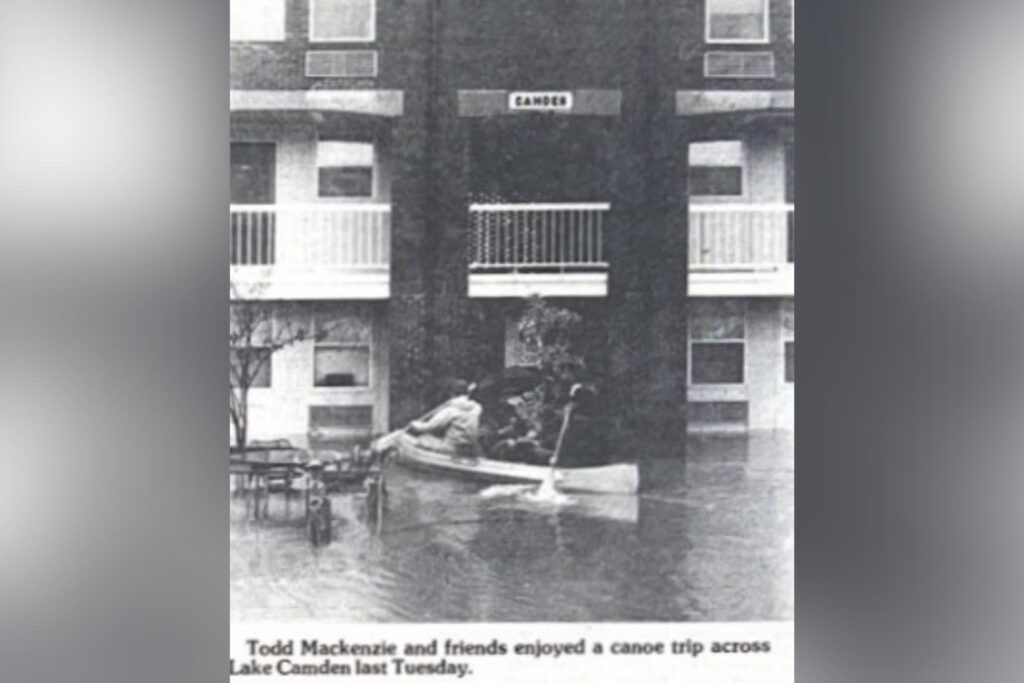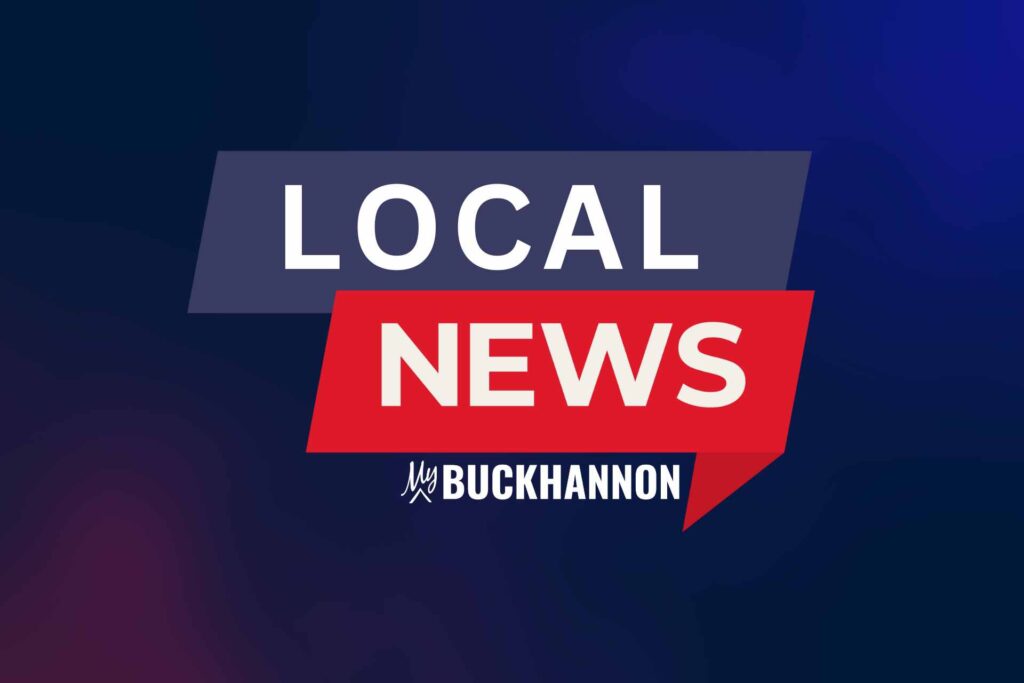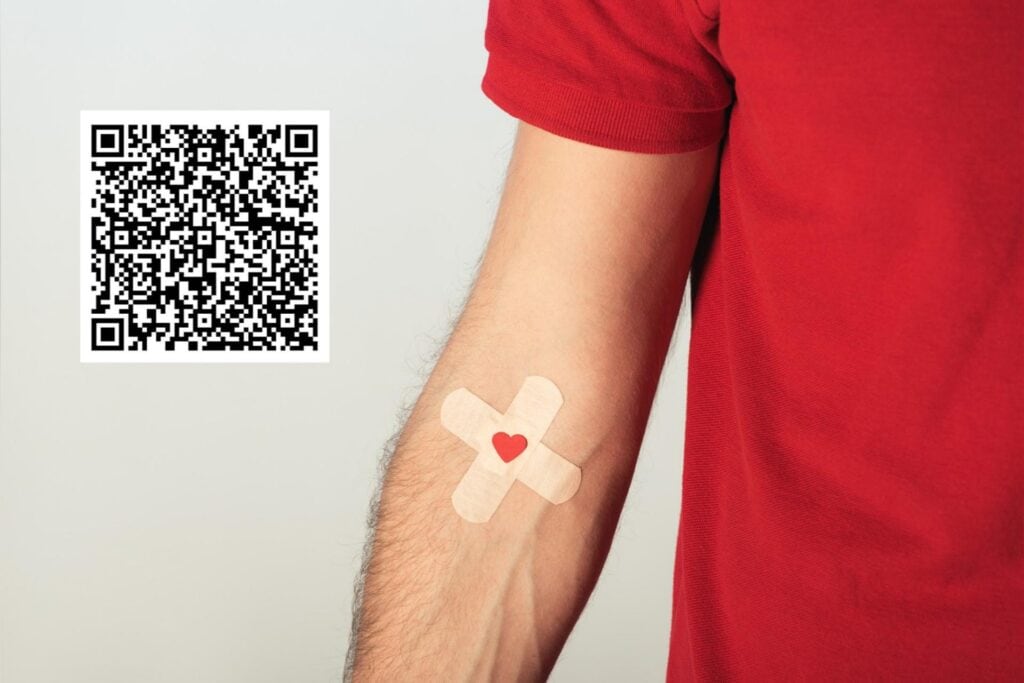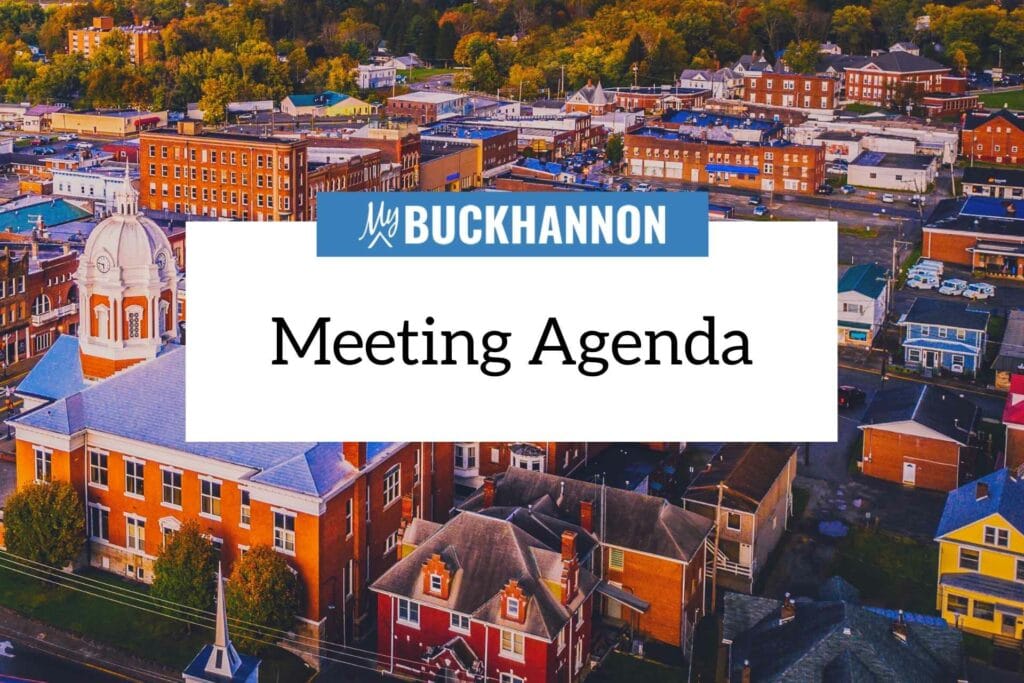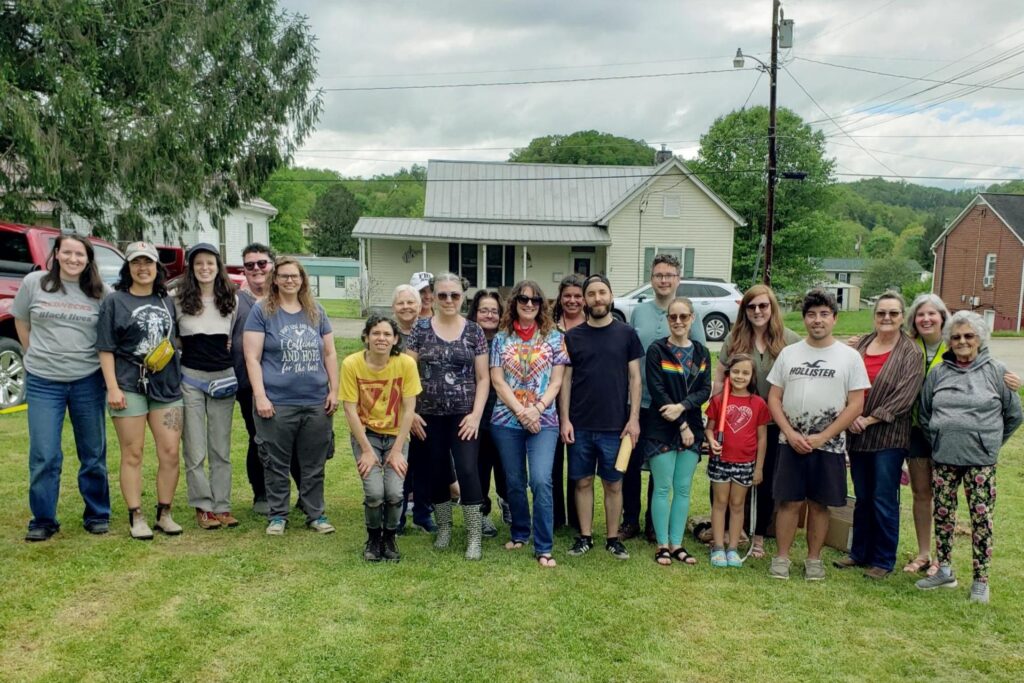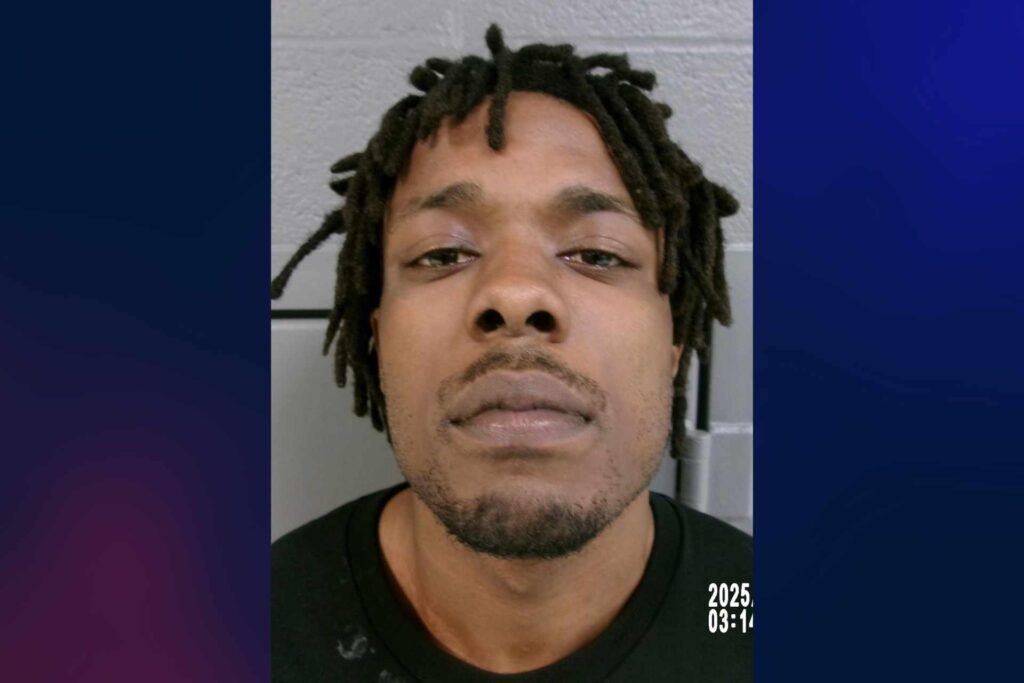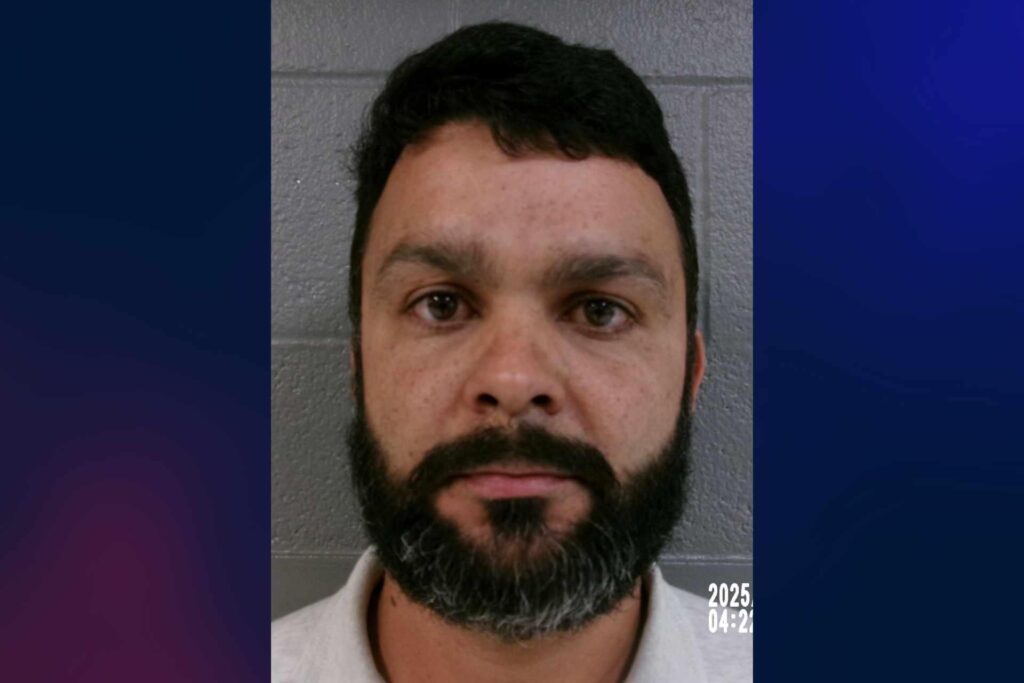BUCKHANNON – The Upshur County Commission heard from the Huntington area Quick Response Team and how they have been trying to help addicted individuals who have overdosed.
Connie Priddy, a registered nurse and Huntington Response Team Coordinator, spoke at Thursday’s Upshur County Commission meeting about how the Quick Response Team works and how it has affected the Huntington area.
“Bob Hanson, who was hired by Marshall University got involved so they hired somebody to be the director of addiction services, and Marshall found a quick response team type model in Ohio,” Priddy said. “This model was a radical idea – do personal visits to every individual after an overdose event. The idea sounded novel, so novel it might just work.”
The idea for the Quick Response Team came about after several years of rising overdose calls to Cabell County EMS. She said there were 480 calls in 2015, in 2016 there were 1,270 and by 2017 there were 1,831 overdose calls.
“We call that our crisis year,” Priddy said. “We got to a point where we’re averaging about six overdose calls a day, at our very, very highest point.”
Priddy said Aug. 15, 2016 – when there were somewhere between 26 and 28 overdoses within a four to five-hour period – was the peak.
“Taylor Wilson was one was the first person to overdose on August 15, 2016,” Priddy said. Her family tried desperately to get her into a treatment facility. She overdosed and died 41 days later. Upon returning from her daughter’s funeral Leanne Wilson said the phone rang and there was finally a bed available for treatment and she had to say, ‘too late, she died.’”
Priddy said she and community members knew something had to change because the system hadn’t been working.
“The police department kept arresting and arresting, arresting and the numbers were going up and so they realized that’s not really going to work,” Priddy said.
The county and the city began working together to find a new solution. She said the mayor of Huntington, Steve Williams, developed the Office of Drug Control Policy, which oversaw programs like the needle exchange program. She also said criminal justice system developed systems through which people who had either a low-level crime or an overdose, could receive treatment instead of going to jail.
“Suddenly, the community leaders from Marshall University, both hospitals, all these treatment facilities, and everybody was in the same room looking for solutions,” Priddy said. “West Virginia led the nation per capita in overdose deaths and Huntington was the heart of that devastating statistic.”
The Quick Response Team consists of four people when they visit someone who has had an overdose. The four people who make the visit are made up of one EMS personnel, one law enforcement officer, one treatment provider and more recently, a faith-based leader.
When a person has an overdose, the team meets with the person the next day around noon, whether they received treatment at a hospital or not.
“When the team arrives they’ll take that information, they create a list for their day, and who they’re going to see and what order,” Priddy said. “Sometimes people who they’ve already made contact with, they’ve promised to come back and talk to them on Friday,” Priddy said.
Sometimes they spend the entire day with one person because that person really actually wants treatment, Priddy said.
The treatment centers the team works with include Prestera Center, Recovery Point and Huntington Comprehensive Treatment Center.
Kenney Sergeant is a recovery coach with Recovery Point and part of the Quick Response Team.
“I’m a recovering addict with 26 months clean,” Sergeant said. “I attended Recovery Point and I got clean. I love my job because it gives me a chance to give back what was given to me.”
Sue Howland with Prestera and also part of the Quick Response Team said dealing with addiction never stops.
“This disease has almost killed me twice,” Howland said. “I was clean for 10 years and I thought I would be OK and I went back out and it almost killed me again. If I hadn’t gone out I would be about to celebrate 21 years in November.”
Priddy said the group’s most significant statistic is that Cabell County reported a 40 percent decrease in overdose calls between 2017 and 2018.
“I said, ‘if you can’t appeal to somebody’s humanity, sometimes you appeal to their pocketbook,’” Priddy said. “Cabell County EMS saved over $370,000 between those two years, based on about a $500 ambulance call in over 730 some less overdoses.”
Priddy said the team has personally contacted 500 individuals within the first year and now that they are about a year-and-a-half in, they are probably closer to 1,300 or 1,400 and about 30 percent of those people receive formalized treatment.
Larrecsa Cox, another member of the Quick Response Team, said part of that success is staying in touch with the community.
“Being connected and plugged into your community is important,” Cox said. “It’s kind of ironic, because we tell our clients they have to stay plugged in for recovery to be possible. So
we try to stay plugged into our community as well.”
Howland said it’s important to see the people they visit as human beings.
“When we get a call we don’t look at them as addicts, we don’t look at the alcohol, we look at a mother, father, a son, we look at a daughter, the disease does not define the individual,” Howland said.




